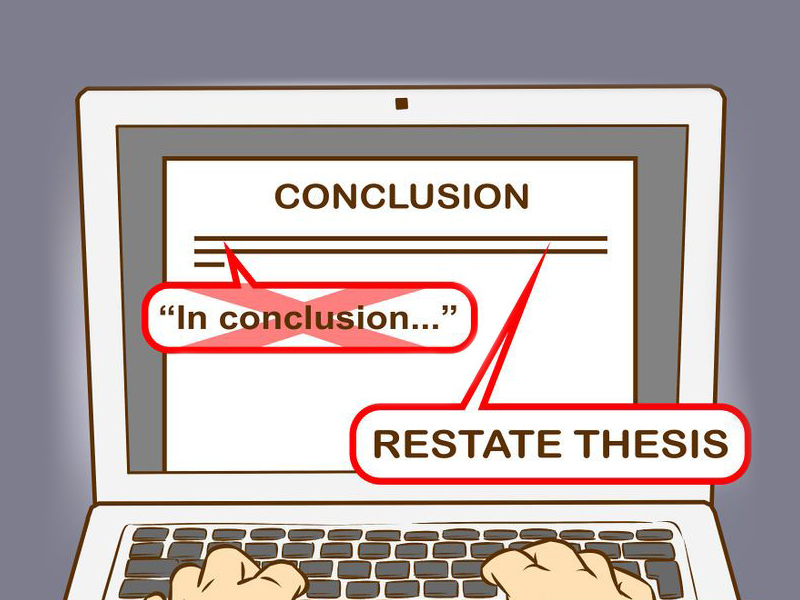Tips for Writing a Conclusion
April 28, 2017| Category: Writing Tips
Writing a conclusion might seem a simple task: you have written the article, so now you just need to briefly tell what it is about. Many students think so and that is what makes them fail their papers. A good conclusion deserves devoting some time to as well as good introduction or body does. The last paragraph of your paper should not only end your writing, but also show why and how thesis statement is important and provide the reader with the final impression about your essay. That’s a confusing task, isn’t it? To make it clear, adhere to these basic tips for writing a conclusion.

1. Restate your topic
A good writer will always restate the topic statement in the conclusion. In addition to it, you need to show why it is important for your research or science in general. You should not spend much time doing that – it usually takes a sentence or two. If your essay is written in a proper way, the importance of what you wrote will be apparent straight away, so you won’t need to defend your topic in the conclusion – you will just need to remind the reader of it.
2. Restate your thesis statement
Having finished reading the essay, the reader should remember what you wrote at the beginning and what you managed to reach at the end. Since thesis statement is the major claim of your paper, you need to restate/rewrite it in the conclusion and you will remind the reader about what you tried to prove. Make sure you rewrite the sentence carefully. Copying the last sentence of your introduction and pasting it to the conclusion is a serious mistake.
3. Summarize main ideas
When we read something, we want to remember everything we have just got to know. It is not easy to do if the essay or article takes 3 or more pages. Some aspects can be missed. At this point, a logical conclusion will help. In addition to reminding the reader of the beginning of your essay, you need to briefly remind about its body. To do this, summarize the main aspects you covered in your essay in a concise manner. One does not want to read something over again, he/she just needs to recall the aspects discussed in your writing.
4. Redirect the readers
Your conclusion should not be a sheer summary of main points. It should also give food for thought. There are different strategies for that. You can pose a question or, if in your introduction you wrote from general to specific, you can develop the conclusion from specific to general. Give the reader an opportunity to think globally, see how the information you provide is applicable to a real world we live in.
5. “So what?”
After you finished writing the conclusion, ask the question: “So what?” Was there any use in reading the essay? Is it important for me or some other people? Is the article meaningful? What did I take from it? If the answer to all questions is yes, it means that you managed to end the paper the way you should.
A strong conclusion creates a positive impression of your paper, so do not be lazy to put in some effort to it. Restate the topic and thesis statement, summarize ideas, redirect the readers and make sure you did everything right and reached the initial aim. One more thing you need is to understand whether you like it. If you do, there is a chance that others will like it too – the goal is achieved!
